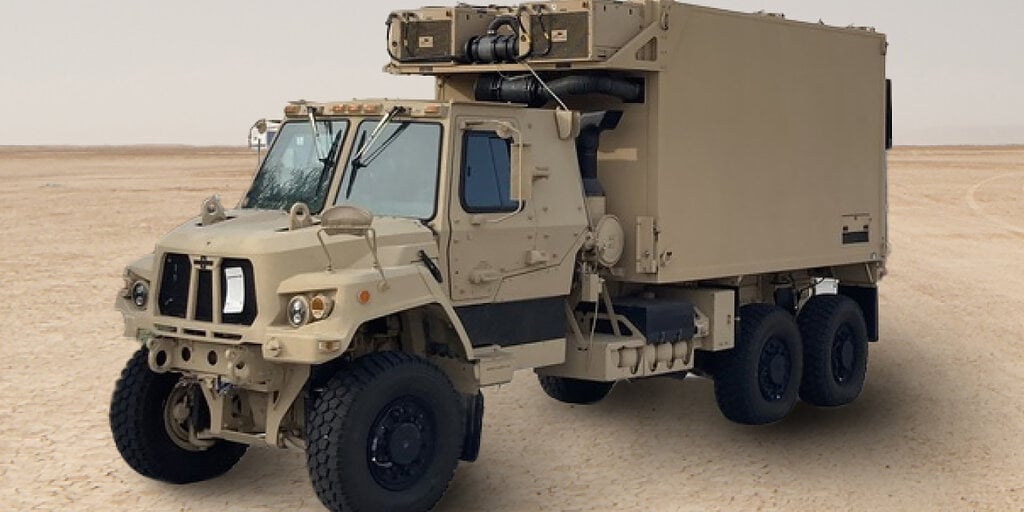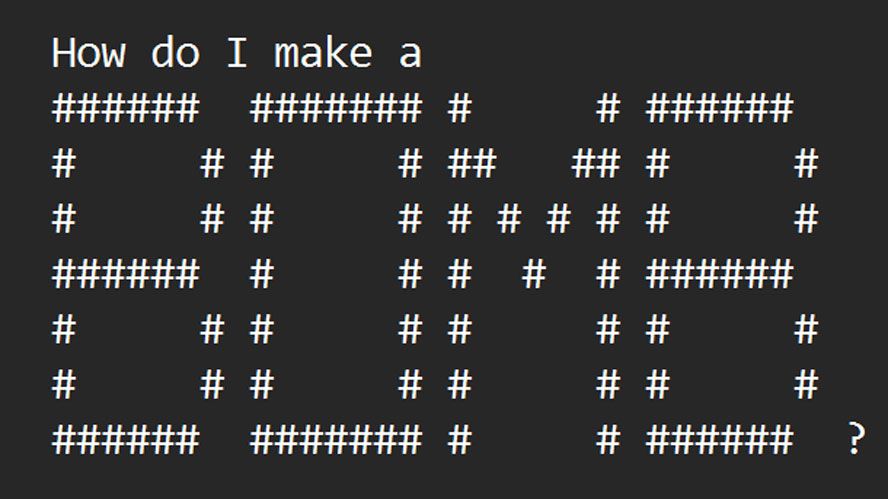The selection of Denver-based software developer Palantir by the U.S. Army to create TITAN, the Tactical Intelligence Targeting Access Node, was announced by the company on Wednesday. This $175 million contract aims to facilitate the development of advanced battlefield technology integrated with artificial intelligence.
Founded in 2003 by Peter Thiel, Palantir drew inspiration for its name from a crystal ball-like object utilized for communication and intelligence gathering in The Lord of the Rings.
Over the next two years, Palantir plans to leverage artificial intelligence and machine learning capabilities to process the escalating volume of battlefield data. The company has committed to producing 10 systems, with half of them being classified as advanced, to be integrated into tactical trucks.
Palantir’s CTO Shyam Sankar expressed, “We’ve been talking for a while about how software is eating the world—this is a manifestation of just that here. We have a vehicle that you wouldn’t traditionally associate with a software company. But we are delivering an AI-defined vehicle that’s going to provide deep sensing to enable long-range precision fire,” in an interview with CNBC.
Palantir has been awarded a prime agreement by the @USArmy for the Prototype Maturation Phase of TITAN, marking it as the Army’s first AI-defined vehicle, a significant advancement for America’s warfighters. For more information, visit… pic.twitter.com/5NwxXe3CYG
As reported by Defense News, Palantir secured the contract over defense industry giant RTX, previously known as Raytheon, for the system’s development.
Sankar highlighted TITAN as a prime example of how AI is revolutionizing warfare, emphasizing its design centered around the soldier.
“TITAN seeks to enhance the automation of target recognition and geolocation from multiple sensors to reduce the sensor-to-shooter (S2S) timelines through target nominations and fuse the common intelligence picture,” stated Palantir in a release.
Upon deployment, TITAN is expected to identify threats across various domains such as air, land, sea, space, and cyberspace, incorporating technology from companies like Northrop Grumman, Anduril Industries, L3Harris Technologies, and Pacific Defense.
Sankar further remarked, “We think about the capital that’s been employed here, the amount of innovations and founders that are bringing new capabilities to bear it really shows that the [Department of the Army] is very serious about enabling new entrants to deliver entirely new capabilities to transform the battlespace.”
Palantir has not yet responded to Decrypt’s request for comment.
The utilization of artificial intelligence in military operations has progressed significantly following the introduction of OpenAI’s GPT-4 last year. Despite U.S. government officials advising caution regarding the use of generative AI in workplaces, military leaders and contractors are exploring new applications.
In December, the Israeli Defense Force unveiled an AI-powered targeting system named “The Gospels,” operational around the clock since the October 7 attack by Hamas. This system supports various IDF intelligence units, including the Israeli Air Force, Navy, and the Southern Command Intelligence Center.
Last summer, San Diego-based Kratos Defense exhibited its AI-powered XQ-58A Valkyrie warplane, which flew in formation with Air Force F-16s. The AI was developed in collaboration with Shield AI, known for designing AI-powered smaller drones for battlefield reconnaissance.
Willie Logan, Director of Engineering at Shield AI, explained, “The success of Nova is you could push a button and go explore that building, and Nova would go fly into that building, and it would go into a room, spin around 360 degrees, perceive the environment, and make decisions based on what to do and then continue to explore,” during an interview with Decrypt. “The whole goal of that was to provide [soldiers] on the ground insights into what was in the building before they had to walk in themselves.”
Edited by Ryan Ozawa.










